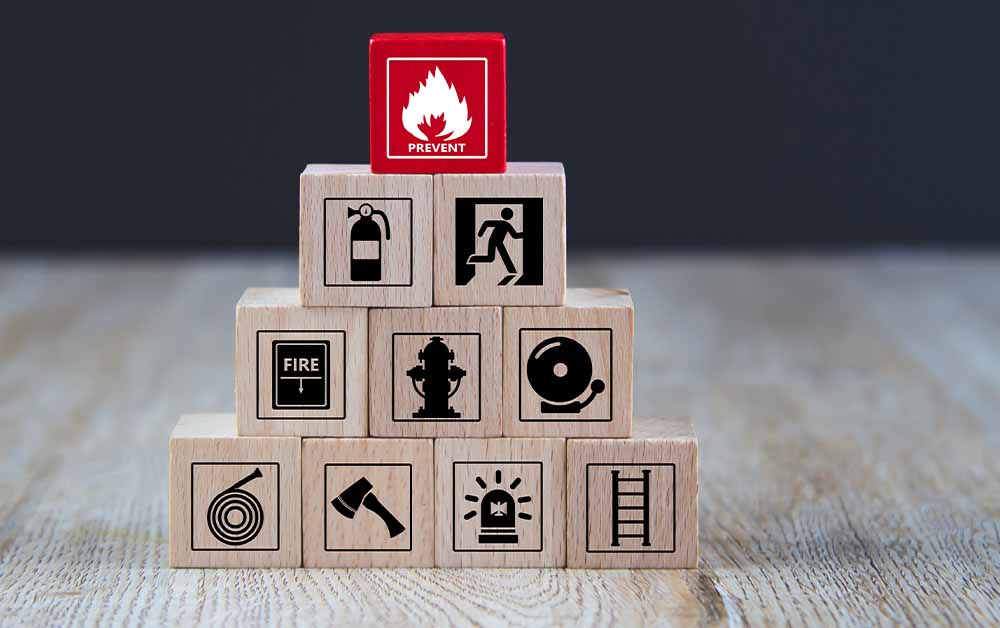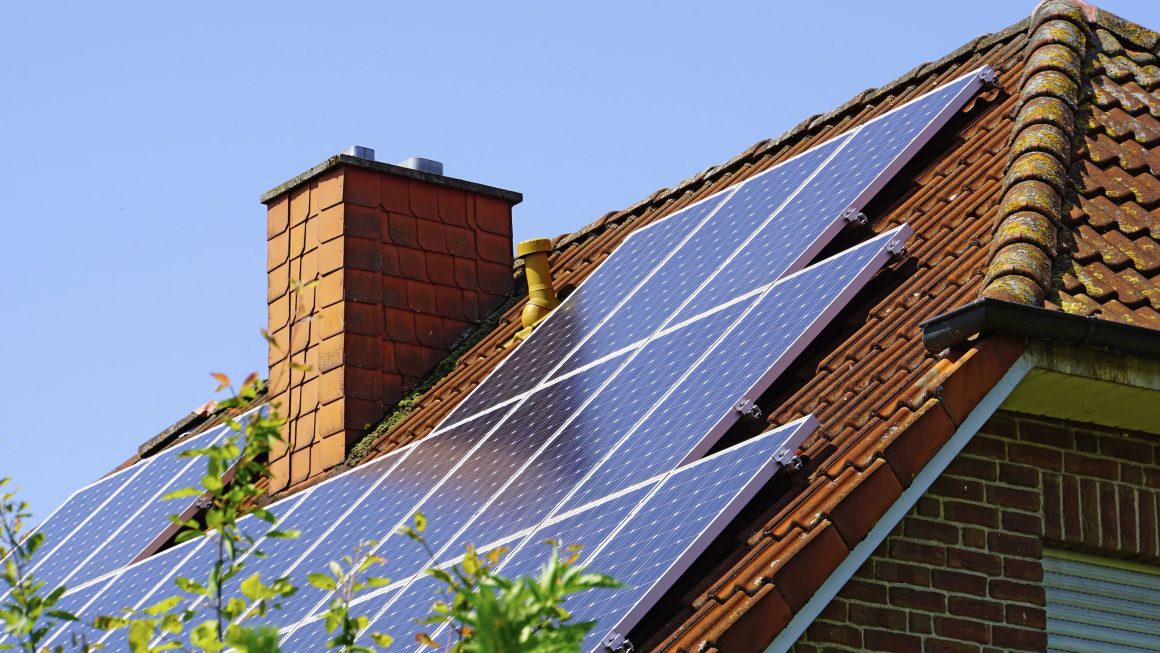
Power tools allow users to complete tasks faster and with less physical effort. However, there is a risk associated with the benefits they provide. Power tools are dangerous, and accidents with them can be fatal.
Power tools can find on almost every construction site and in every home. They can speed up building operations and involve less physical exertion on the operator’s part. The need for power tools has risen as a result. As a result, as per Astute Analytica data, the worldwide power tools market is expected to increase at a CAGR of 5.2 percent from 2022 to 2030.
Each year, power tools cause many accidents and fires, so it is essential to use them safely before starting work. The Provision and Use of Work Equipment Regulations (PUWER) govern the safe use of power tools. In addition, employers have a legal obligation to follow these rules when using power tools and other equipment in their workplace.
Noise, vibration, electricity, moving parts, and projectiles are all hazards associated with power tools. If misused, they may cause serious, even deadly, harm.
Things to keep in mind when using power tools safely:
The Tool
The tool should be appropriate for the task. Using the incorrect tool creates mechanical and electrical stress, resulting in dangerous equipment.
Choose the right tool for the job. The correct instrument will help you finish the job faster and with less risk.
Before using a power tool, inspect it for flaws, and do not use one that has any flaws, such as damage to the casing or defective switches. Make sure the equipment’s outside cover does not have any damage that could pose an electrical or mechanical hazard.
Maintain and test your tool in accordance with the manufacturer’s recommendations. The user should perform visual checks on a regular basis, as well as more formal examinations. This will aid in the detection of tool issues before they become dangerous.
Accessories
Blades, discs, and drill bits are examples of tool accessories that can burst and break if they are not up to the task.
The essential part is using the correct accessories and how people are using them? If people are cutting concrete, use a blade or disc made for cutting concrete rather than one made for softer materials like wood.
By bursting or shattering and increasing dust or projectile production, using the incorrect accessory might cause mishaps. It can also raise vibration and noise levels, endangering the user’s health.
Use the right accessories and tool bits for the job, as manufacturer direct. It is essential to keep the tools and accessories in good working order and to cut tools sharp and clean.
The Environment
Dust, fumes, gases, water, light, and other limits are examples of environmental hazards.
In explosive atmospheres, power tools should not use because sparks might ignite dust or gases. If there is any uncertainty, checking the environment, especially when utilizing power tools in a tight space, may be important.
Water entering a power tool can cause electric shocks, so keep it out of the rain or moist circumstances.
You must be able to see what you are doing at all times. Errors, entanglement, and contact with moving parts are all more likely under dim lighting or in unpleasant situations. Ascertain that you have sufficient light and ventilation to complete the operation safely.
Also Read: https://zaratechs.com/smart-cities-outshining-cities-outlook/
Plugs and Cables
Plugs and cables transmit energy to your tool and are exposed to the weather, making them susceptible to harm.
A protective coating is applied to the cables as they trace along the surface. They’re still one of your tool’s most vulnerable points. Dragging cables over the ground is a surefire way to destroy them. The cable can get damaged by sharp edges, moving parts, heat, and being walked over.
Excessive cable flexing can harm both the cable and the plug connection. Use the nearest available socket and, if necessary, extension cables.
The plug on the power tool must match the outlet. Electric shocks will be more likely if plugs are modified. Checking plugs for evidence of internal damage, overheating, or water damage, as well as ensuring the plug is wired correctly with a suitable fuse, should all be part of a formal examination.
Before using, users should visually inspect plugs and wires. Check for damaged connections and covers, as well as exposed internal wiring. Keep your cable and plugs safe in storage and use, and keep them away from potential damage sources. A skilled person should replace any damaged wires or plugs.
The Battery
Although battery-operated technology is typically considered safer than mains-powered equipment, proper use is still required.
To avoid a fire, only charge your battery with the charger provided by the manufacturer. Keep the battery pack away from metal objects that could short the battery by connecting the terminals. The battery may expel a dangerous liquid under extreme circumstances. Irritation and burns might occur if you come into touch with battery fluids.
Electrical Safety
Electricity is one of the major risks connected to power tools. Even non-fatal shocks can result in severe and long-lasting injuries due to electricity.
Visual checks are crucial while utilizing any power tool or portable electrical equipment, as we’ve already emphasized in other sections.
An electrically powered instrument can become dangerous through simple visual inspections. As an illustration, scorching, burn marks, and staining are indications that a piece of equipment is overheating and needs to remove from service. Another indication of an issue is damage to casings, covers, cables, and plugs.
Also Read: https://zaratechs.com/pocket-friendly-home-spa-hacks/


